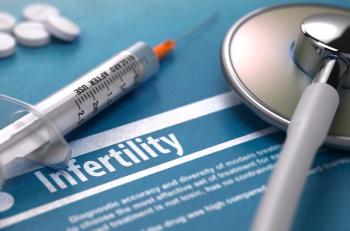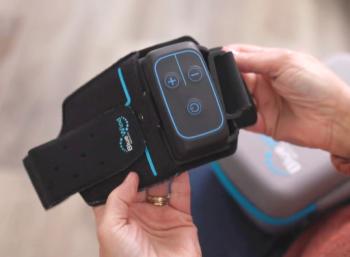
What will the EHR industry look like in five years?
The electronic health record industry might look markedly different than it does today
Five years from now, the electronic health record (EHR) industry might look markedly different than it does today, experts say. Fewer EHR vendors, making systems with better-integrated and improved user interfaces could deliver data that actually allow physicians to deliver better care with less effort and frustration.
But progress may come at a cost to smaller practices, with vendors that currently focus on the smaller-practice market possibly going out of business as the industry consolidates, says Pat Wise, RN, MS, MA, vice president of health information systems for the Healthcare Information and Management Systems Society (HIMSS).
There were 696 EHR vendors with 2011 certification, and that number rose to 876 with 2014 certification, according to HIMSS. Currently, there are 40 vendors with 2015 certification, but vendors have until January to qualify, so that number should increase. Certification by Office of the National Coordinator for Health Information Technology (ONC) is required for EHR vendors to work with those with government-paid health plans.
Wise says she expects some vendors, especially smaller ones, to drop out of the market because of the cost of getting an EHR certified. Physicians should keep tabs on whether their vendor is certifying their version of the software to the latest requirements. For example, a vendor might only certify its latest version, which may not be the version a practice is currently using, she says.
But in five years, the ease of use for EHRs should have dramatically improved, she adds, predicting that there should be more focus on the data and how it relates to the patient while EHR functions fade to the background with less frustration from physicians.
John Halamka, MD, MS, chief information officer and dean for technology at Harvard Medical School, says that in the next 12 to 18 months, physicians should start to see more usability-related upgrades, with better mobile access and interfaces that make it easier for them to find the data they need. Vendors are focused on this goal, and many upgrades are already in beta testing with doctors, he adds.
Similar to how the iPhone serves as the platform and the apps are what makes it useful, Halamka says EHRs will deliver apps that create additional functionality for the basic software. “I expect to see app stores for every major EHR where apps are developed by innovators who are focused on efficiency,” says Halamka. “They will take today’s EHRs and make them usable.”
Joyce Sensmeier, RN-BC, MS, CPHIMS, vice president of informatics for HIMSS, says that small practices may benefit from industry consolidation as it will make interoperability between EHR systems easier, allowing data to flow back to their practice from hospitals and other health sites more easily. “They will be able to see what is making a difference in their care and what is making a difference in their population health,” she says.
Wise agrees, adding that she hopes patient care and the data that goes with it will be better integrated and flow with the patient from doctor to doctor with minimal effort.
“I would like to think the data flow is so seamless that a primary care physician wouldn’t even have to ask for it,” Wise says. “If a patient designates a doctor as their primary care physician, all relevant data should flow to them no matter where they are. It should be an easy send.”
Newsletter
Stay informed and empowered with Medical Economics enewsletter, delivering expert insights, financial strategies, practice management tips and technology trends — tailored for today’s physicians.














